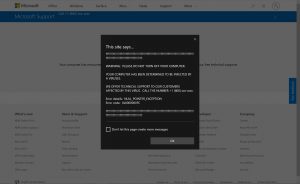What file type is the safest to open?
A file extension is the three letters that follow the period at the end of the file name.
Microsoft has classified several types of dangerous extensions; however, only a few are considered safe.
These are GIF, JPG or JPEG, TIF or TIFF, MPG or MPEG, MP3 and WAV.
What types of files can contain viruses?
Which Are the Most Popular File Extensions Used to Infect?
- .EXE Executable Files.
- .DOC, .DOCX, .DOCM and Other Microsoft Office Files.
- .JS and .JAR Files.
- .VBS and .VB Script Files.
- .PDF Adobe Reader Files.
- .SFX Archive Files.
- .BAT Batch Files.
- .DLL Files.
What EXE files are viruses?
A file virus infects executables, usually EXE files, by inserting special code into some part of the original file so that the malicious data can be executed when the file is accessed. The reason a virus infects executables is that, by definition, the executable is a kind of file that is executed and not simply read.
Can CHM file contain virus?
First of all, a file doesn’t have to have the EXE extension to execute. Besides executable files, you can also have a virus that manipulates the program that opens it, like malicious Windows Help (CHM) files. A CHM virus will open the Windows Help program and use some of its features to harm your computer.
Photo ka sehloohong sa "Wikimedia Commons" https://commons.wikimedia.org/wiki/File:Tech_Support_Scammer_Virus_Popup.jpg

